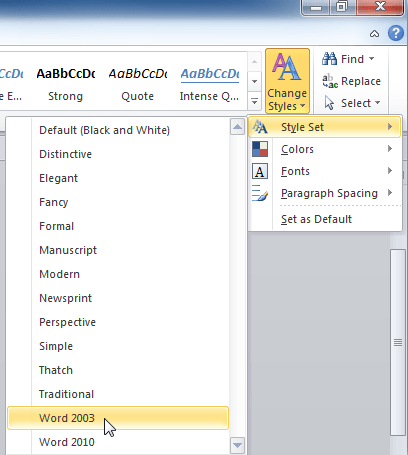

The four character sets are used in combination within the same sentence, each with its own purpose and rules, as well as its own visual weight and texture. Written Japanese consists of thousands of characters across four character sets, hiragana, katakana, kanji and the latin alphabet. (If you want to go further, we’re happy to help. The work to get from unnatural to perfect is not hard, and there are more interesting challenges for you to spend time on, so we’ve put together a little primer to get you most of the way there. We’ve heard Japanese users described products as “unnatural”, “foreign”, and “suspicious.” Pinterest, in Japan since 2013, began refining Japanese type last year after an employee described their homepage as “when someone tries to overcome a language barrier by talking louder.” Why type? In our 12 years of research, careless Japanese typography has consistently hurt perceptions of product quality, yet it usually takes teams years to address the problem. Recently, we sat down with Luke and Marcin from Medium’s international and design teams to map out what to do next: information architecture? UI translation? help content? After looking at the product from every angle, we realized what was most important: typography! Source: Internet Live Stats (As a product design studio based in Tokyo, we’ve helped teams around the world navigate the massive opportunity and unique cultural challenge that Japan represents.Ī year ago, Medium began to explore how it could better serve Japan, working with local editors and ambassadors to support writers. Twitter, for example, who invested early in Japan-specific research, content, product and marketing, grew from 7 to 35 million users in the last five years.ġ15 million internet users - Internet penetration in Japan stands at 90.6%. With 115 million internet users and a sophisticated consumer culture, anything is possible here. Japan is an amazing place to have a following, as many startups have discovered. If you find yourself asking this question, you’re in good company. In the pop-up menu, select the Bullets and Numbering option.“Our product has traction in Japan! What now?” You can also access the Bullet and Numbering window by placing your text cursor on a bulleted or numbered line and right-clicking in the Word document. At the bottom of the window, you can preview how the indentation sizing looks and make changes accordingly until you get it the way you want. In the window that opens, adjust the indent size for the bullet position and the text position.In the Bullets and Numbering window, click the Customize button on one of the first three tabs, depending on the type of list you are changing.Click the Format menu at the top of the Word program and select the Bullets and Numbering option.Place your cursor in a bulleted or numbered line in the document.In the Adjust List Indents window, change the Bullet position to adjust the bullet indent size or change the Text indent to adjust the text indent size after a bullet.Right-click the bullet and select Adjust List Indents in the pop-up menu.Click one of the bullets at the level you want to change in the document.To adjust the spacing between the bullet and the text in a list, you may need to adjust the Left Tab Stop in the Ruler.


To view the Paragraph window mentioned in the above section, click the small down arrow indicated by the red arrow in the picture below.Īdjusting the bullet and numbering indentation


 0 kommentar(er)
0 kommentar(er)
